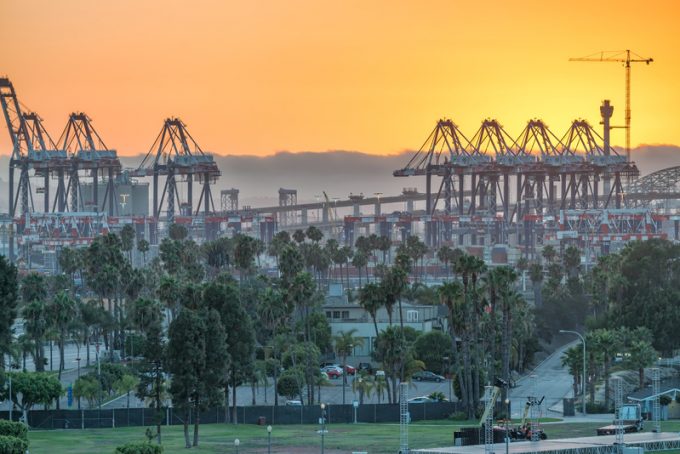News in Brief Podcast | Week 7 | Tariff pandemonium and port congestion
In this episode of The Loadstar’s News in Brief Podcast, host and news reporter Charlotte Goldstone ...

The port of Long Beach is still in crisis mode: yesterday, there were 74 containerships anchored in San Pedro Bay waiting for berth space at LB or Los Angeles, down from a high of 80 last weekend.
According to the LB port authority, this pile-up translates ...
CMA CGM South Korean staff strike over bonuses after bumper 2024 profit
'Another painful headache for shippers' as Asia-N Europe rate rally ends
Amazon Air Cargo partners-up for new transpacific route into the US
MSC switches two more Asia-Europe port calls from congested Antwerp
Ports and supply chain operators weigh in on funding for CPB
Nightmare for Bangladeshi exporters as congestion and tariffs bite
Carriers introduce surcharges as congestion builds at African ports
CMA airline returns two freighters, while ANA takeover of NCA looms

Comment on this article